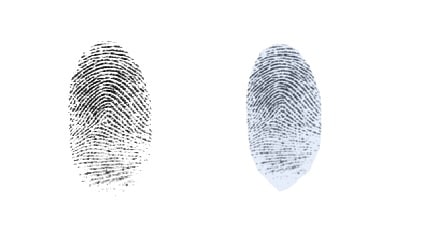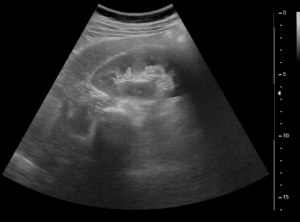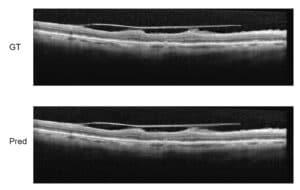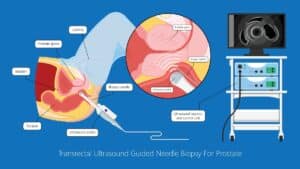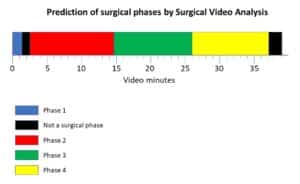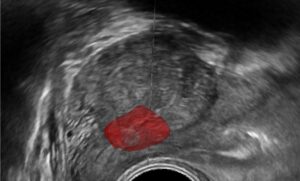The print’s background is defined as the noisy environment around the print itself, whereas the foreground is all the geometrical ridge patterns contained in the print and which is valuable for its unambiguous recognition. The level of noise in a print background varies according to the acquisition conditions. When acquired in controlled environments such as with a light or capacitive scanners, backgrounds are more easily detected, as multiple scans trials can be performed until satisfactory result is obtained. The situation in latent print, those left in a scene, are harder to deal with because of print contamination. Print contamination can be due to dust, oil, blood, acquisition on rough surfaces and other fluids which obscure the print and therefore make it hard to separate the background from the information contained in the print. Fingerprint segmentation is, therefore, a key first step toward fingerprint acquisition and recognition.
.
Automated fingerprint segmentation
.
Algorithms for fingerprint segmentation, therefore, need to consider both the acquisition conditions, in order to be able to include as much information as possible. This information, the unique pattern of ridges and bifurcations, will later be aligned and compared with known prints. Preprocessing based on pixels neighborhood values is one strategy successfully applied to segment fingerprint scans. Computing the local mean and variance in the neighborhood of each pixels provides means of decomposing the image into those parts containing noise (background) and prints (foreground). The variance in the vicinity of a print feature (ridges) is normally higher than for background, whereas the local mean in the neighborhood of a print ridge is normally lower than those of background pixels.
To apply the local mean and variance criteria to decompose the image, machine learning methods can be used. A classifier is trained to according to the distributions of local mean and variance in foreground and background regions of prints. Neural networks are particularly successful for this binary classification problem, as no complex network architecture is needed, and only few perceptron can accomplish a reasonable distinction between background and foreground in the mean-variance space.
Other features can also contribute to successful decomposition of the image. The local derivatives of the print image are used to construct the so-called coherence measure. The distribution of this measure is learned and fed to the classifier in the stage of supervised training of the deep learning classifier.
Partial or broken prints pose a serious challenge for individual recognition in forensics and security related applications. Despite the advancements in print scanners and the inclusion of other biometric means for identification of individuals, fingerprints remain widely used and, in some cases, the only means to validating identities. Algorithmic means to perform automatic recognition are crucial for the identification of prints in an efficient and accurate manner.
At RSIP Vision we have been developing tailor made solutions to process and analyze images. We have been successfully solving challenges in extracting information from natural scene images for more than 25 years and we master deep learning technology. Please visit our project pages to learn more about RSIP Vision’s computer vision solutions.

